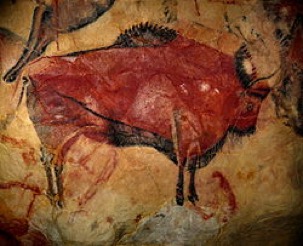
The very first pigments were inorganic and based on carbon black or iron oxides. Thus, Altamira cave paintings in what is now modern Spain, are dating back to the range of 22,000 – 36,000 BC! The paintings are quite sophisticated and have been created in the same location over a period of many thousands of years. Egyptian art used color pigments, going back to about 3,000 BC. Ancient Rome utilized color pigments in mosaics and wall paintings. Many of them have been discovered in Pompei; they were conserved after the Vesuvius volcano explosion at about 79 AD.
For a long time, colorants for textiles were of natural origin and therefore, hard to acquire; they also served as a symbol of status. Organic dyes and pigments came into being with the developments of organic chemistry in 19-20thcentury; it was one of the first successes of organic chemical industry. Organic pigments are brighter than inorganic, but they are also less stable to light.

A demo of the Inca’s carmin colorant extracted from a cactus parasite. The colorant converts from red to orange in acidic media and can be used for coloration of textiles.
